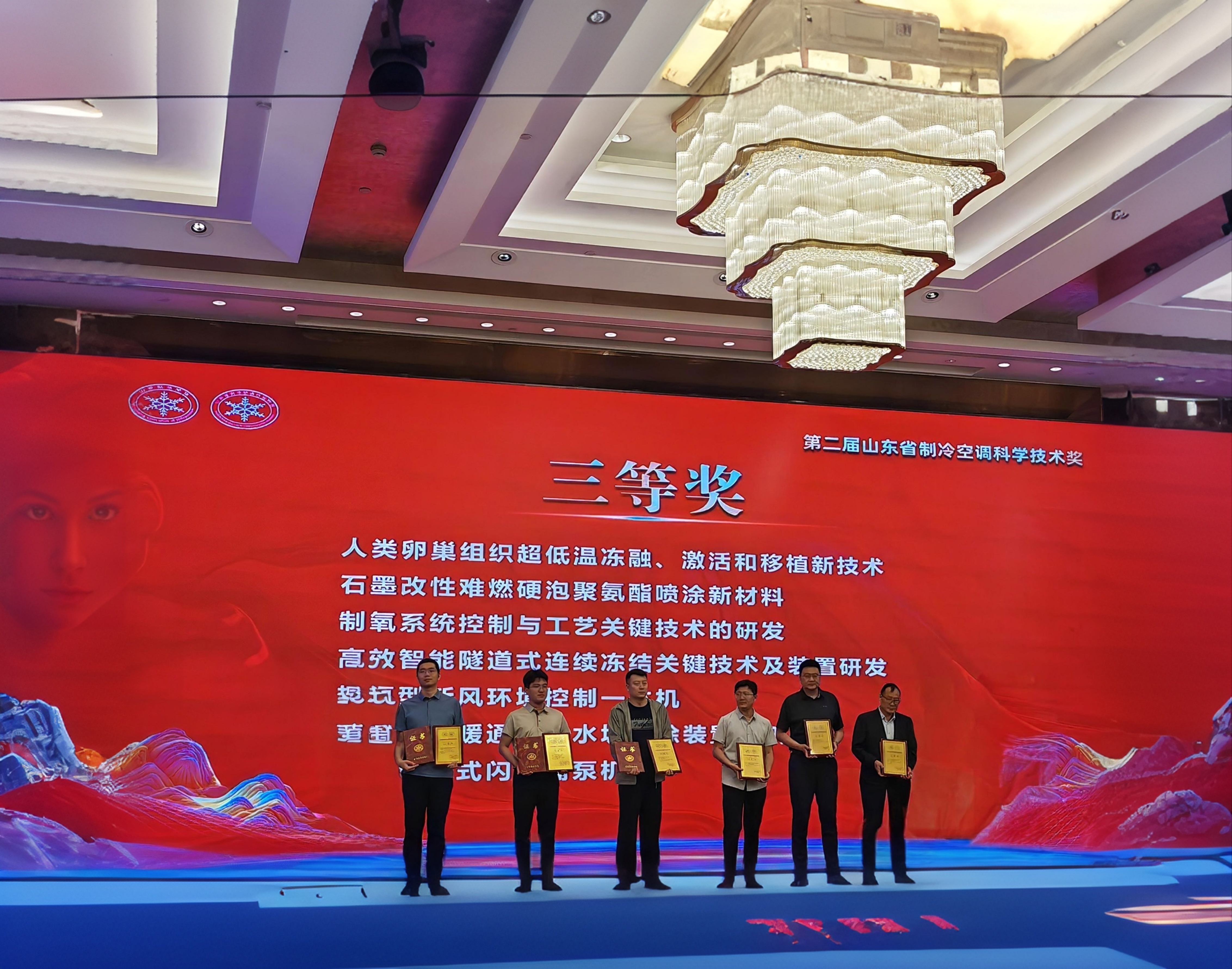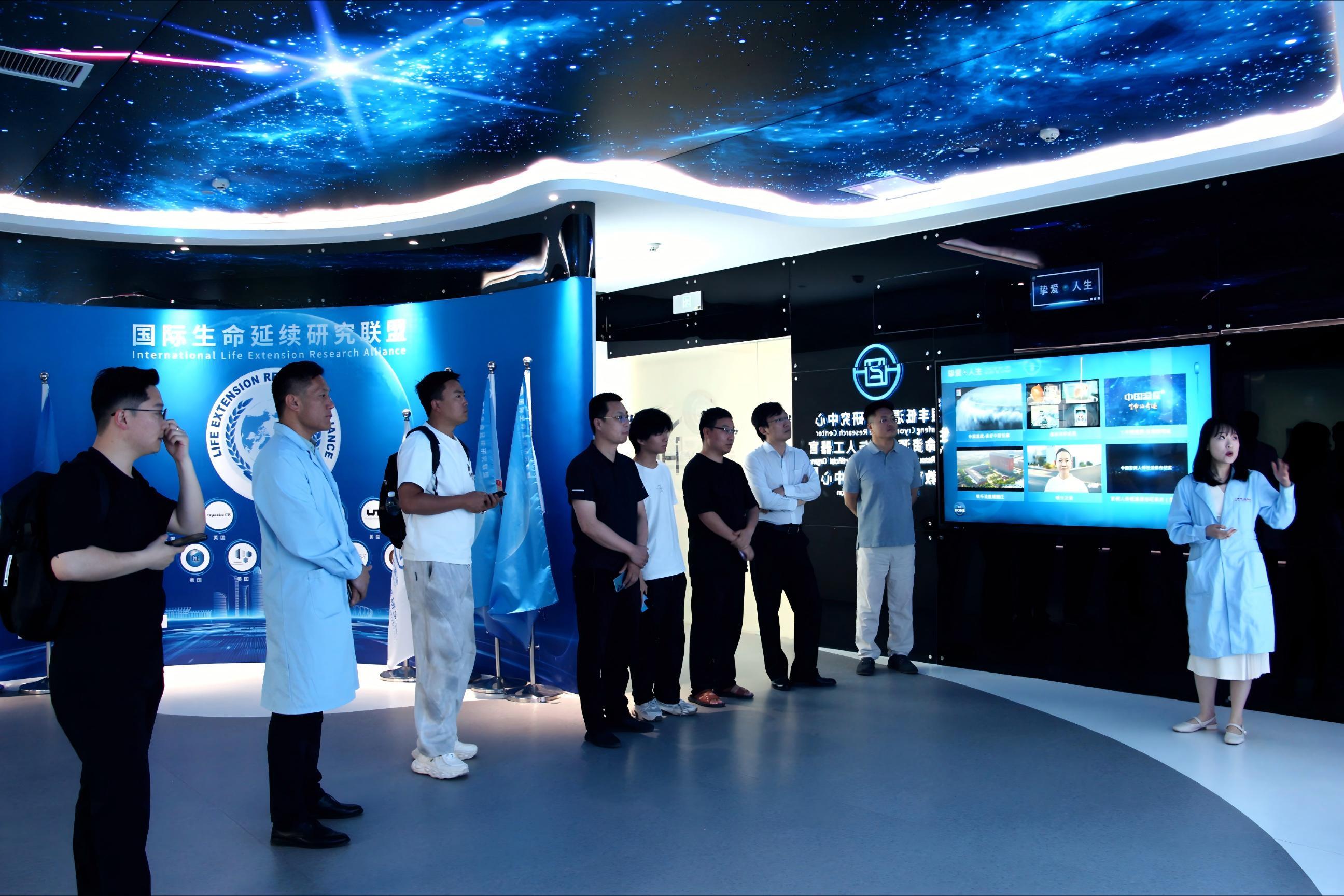Nature Medicine Review: AI Reconstructs the Paradigm of Drug Development
Release time:
2025-04-25
In the prolonged battle between humanity and disease, drug development remains the decisive battleground. Faced with the harsh reality of an average investment of $2.6 billion, a 15-year timeline, and a success rate below 10%, global scientists are turning to artificial intelligence (AI). This disruptive technology is quietly ushering drug development into a new era of "algorithm-driven" innovation. By 2025, the latest research in Nature journals reveals that generative AI models, exemplified by ChatGPT and Sora, are reshaping the entire drug development pipeline—from target discovery to clinical trials—accelerating "AI-driven drug discovery" from concept to clinical practice.
AI-Driven Intelligent Revolution in Core Drug Development Stages
1. Target Identification: Breaking Traditional Limits, Unleashing Data Value
Traditional small-molecule target identification methods are time-consuming, labor-intensive, and prone to failure. AI achieves breakthroughs by analyzing large datasets within complex biological networks, constructing multi-omics data networks to identify disease-related molecular patterns and causal relationships. Natural language processing (NLP) enhances sensitivity in target identification, while graph deep learning tackles data integration and model interpretability. Knowledge graphs combined with biomedical large language models (LLMs) uncover gene-disease pathway relationships. Despite challenges such as unstructured real-world data and lack of standardization, these datasets can still train effective models. Future integration of data mining and expert knowledge will further boost target discovery success rates.
2. Virtual Screening: Accelerating Lead Compound Identification
Virtual screening is critical for identifying potential lead compounds. Rapid expansion of compound libraries has driven advancements in AI-based ligand docking technologies. While models can predict ligand spatial transformations, issues persist, such as unrealistic conformations and limitations in surpassing physics-based methods. Sequence-based prediction struggles to capture 3D interaction complexity when target structures are missing. Phenotype-based virtual screening suits diseases with unknown targets but faces model generalization challenges. Current priorities include developing universal models, leveraging active learning, and integrating quantum mechanics and molecular dynamics simulations to enhance screening efficiency.
3. De Novo Design: Pioneering Automated Innovation
AI-powered de novo drug design automates the creation of novel chemical structures. Deep learning-driven molecular generators use chemical language or graph-based models. Chemical language models face "grammatical errors," while graph-based models require improvements in molecular validity and rationality. Introducing scoring functions and constraints (e.g., PocketFlow’s protein pocket-conditioned generation) guides models to produce bioactive compounds.
4. ADMET Prediction: Ensuring Efficacy and Safety
ADMET (absorption, distribution, metabolism, excretion, and toxicity) properties are vital for drug viability. AI predicts ADMET using predefined features and deep learning, with neural network architectures playing key roles. Challenges include scarce labeled data and poor model interpretability. Emerging solutions involve unsupervised/self-supervised learning, multimodal models, and attention mechanisms.
5. Synthesis Planning & Automation: Overcoming Drug Synthesis Bottlenecks
Chemical synthesis remains a bottleneck in small-molecule drug discovery. AI-assisted synthesis planning has evolved from rule-based systems to deep learning models with improved interpretability. Automation combined with design-make-test-analyze (DMTA) cycles accelerates discovery but faces technical hurdles, such as minimizing solid formation and solubility prediction.
6. Clinical Trials & Real-World Applications: Optimizing End-to-End Development
AI excels in clinical and real-world settings. It aids biomarker discovery via digital pathology frameworks, optimizes pharmacodynamic predictions, supports personalized treatments, and drives drug repurposing. By analyzing multimodal data, AI enhances trial efficiency, outcome prediction, and patient recruitment. Despite data quality and interpretability challenges, AI continues to revolutionize drug discovery.
Challenges & Future Directions: Co-Evolution of Humans and Machines
While AI demonstrates immense potential, no AI-developed drug has yet reached Phase III trials, highlighting key challenges:
Data Limitations: Scarce high-quality training data due to costs, privacy laws, and sharing barriers, especially for rare diseases or novel targets. Existing datasets often suffer from incompleteness, errors, and biases.
Design Complexity: Balancing multi-objective optimization (e.g., druggability vs. chemical novelty) and the lack of standardized evaluation metrics.
Technical Hurdles: Molecular representation limitations, imprecise synthesis feasibility assessments, "undruggable" targets, and computational resource constraints.
Future Strategies:
Data Innovation: Foster data sharing, develop "sparse-data" algorithms, and integrate multimodal pre-trained models for drug repurposing.
Technical Synergy: Leverage multimodal fusion, GPU-powered big data, and emerging omics models.
Algorithm Optimization: Embed physical laws into models to reduce data dependency and improve accuracy.
Regulatory Compliance: Develop interpretable models to build trust and accelerate approvals.
Conclusion
From trial-and-error to computational mastery, AI is redefining the efficiency and strategic thinking of drug development. Each algorithmic iteration unlocks new possibilities for human health. When the first fully AI-designed drug reaches pharmacy shelves, it will mark not only a technological triumph but a radiant milestone in human ingenuity.
Latest developments
Recently, the "Novel Technology for Ultra-Low Temperature Cryopreservation, Activation, and Transplantation of Human Ovarian Tissue," developed through a collaborative effort between Shandong Yinfeng Life Science Research Institute and Beijing University of Chinese Medicine Shenzhen Hospital, has been awarded the 2025 Shandong Refrigeration and Air Conditioning Science and Technology Award. This groundbreaking technology pioneers a new pathway for female fertility preservation, marking a significant leap in China’s interdisciplinary advancements in reproductive medicine and cryobiology.
On May 19, a delegation from the Chinese Training Workshop for Government Officials of Developing Countries visited the exhibition hall of Yinfeng Biological Group's Cryomedicine Research Center. Government officials from multiple countries gained in-depth insights into Yinfeng’s innovative achievements in cryobiomedicine, cell storage, genetic technology, and other fields. They engaged in discussions with the delegation on technology transfer and international cooperation, contributing to the building of a global community with a shared future for humanity.
On the morning of May 17, 2025, an immersive exploration into life sciences and cryomedicine concluded successfully at Jinan Yinfeng Biological Science Park. Hosted by the Shandong Yinfeng Life Science Research Institute, this event offered members a firsthand look into the research base through activities such as ultra-low temperature cryotherapy experiences, brainwave signal acquisition system trials, and expert panel discussions. Participants witnessed the infinite possibilities that cryogenic technology and life sciences hold for humanity.
The international academic platform ScholarGPS recently announced its global lists of Highly Ranked Scholars - Lifetime and Highly Ranked Scholars - Prior 5 Years, recognizing the top 0.05% of scholars across various disciplines. Among the selected Chinese scholars are national-level talents, leading figures in specialized fields, and seasoned academics dedicated to long-term research.
In January 2025, members of the Yinfeng cryomedicine team actively participated in the "Sino-French Aerial Emergency Medical Rescue Training" and obtained certification. This signifies a further enhancement of the team's professional capabilities in the field of international emergency medical rescue.
Brands are an important symbol of high-quality development. Under the drive of strategies such as Brand Strong Province and Good Products Shandong, Shandong brands have risen to prominence. Particularly in recent years, Shandong brands have focused on new quality productivity, using "new" to enhance quality, achieving remarkable results in high-quality development.












